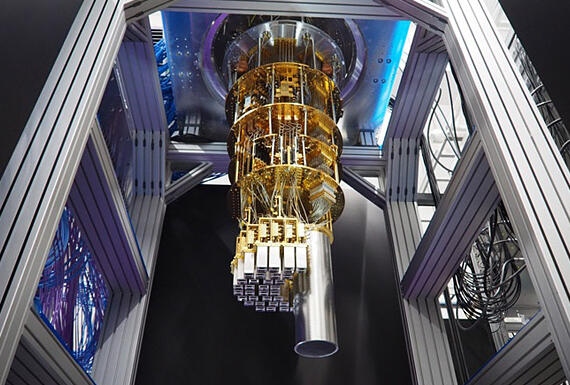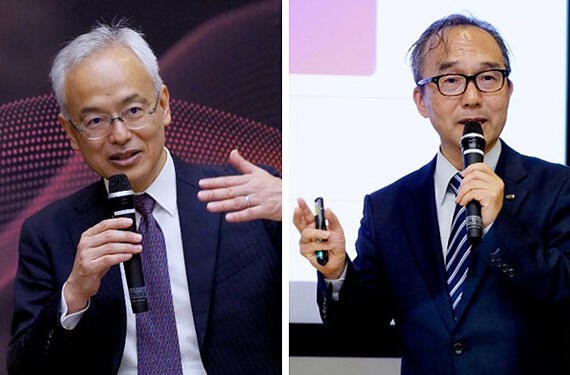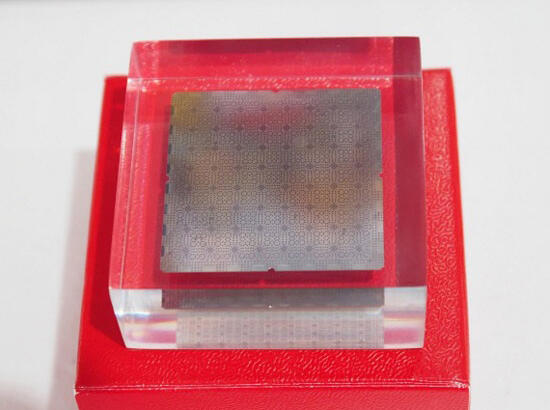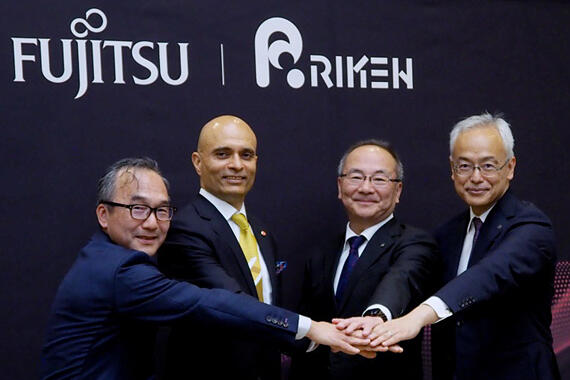Fujitsu and RIKEN have developed a superconducting quantum computer that is among the world's highest-performance available to external users. The number of qubits, which are the basic units of quantum computation, has been set at 256, expanding fourfold from the 64 qubits of Japan's first domestically developed machine in 2023. Large-scale implementation was achieved by utilizing three-dimensional wiring of chips and advancing high-density packaging within the refrigeration system. The system will be made available to companies and research institutions in FY2025.

The 256-qubit machine they have developed is a further expansion of the second-generation system, which was developed based on Japan's first domestically produced machine unveiled by RIKEN in March 2023 with funding from the Ministry of Education, Culture, Sports, Science and Technology (MEXT). In development, (1) difficulties in wiring layout accompanying large-scale implementation were avoided through a three-dimensional structure that attaches wiring vertically from the back of chips rather than from the sides. (2) The refrigeration system for cooling the qubit chips responsible for computation to near absolute zero was limited to 64-qubit machines at the time of development. While using the same system, implementation density was increased fourfold by optimizing the internal component arrangement. The system was completed through these innovations and installed at RIKEN in Wako City, Saitama Prefecture.
While there is information about 1000-qubit-class machines being developed overseas, this machine is among the highest performance available to external users. Companies and research institutions will use it for exploring applications and experimenting with computational error correction technologies. The development of a 1000-qubit machine is the target for next year.

RIKEN Center for Quantum Computing Director Yasunobu Nakamura explained at a press conference on the 22nd of May: "The number of qubits alone is not performance; what's important is control precision, error rate reduction, and how to perform advanced calculations. When we scale up to 1000 qubits, new challenges will emerge, and new ideas will be born. We expect to proceed by setting milestones and connecting them to breakthroughs."
Fujitsu Quantum Research Institute Director Shintaro Sato stated: "For quantum computers to become truly usable in the future, we must pursue cost aspects in addition to performance. We want to create strategies for building large-scale systems and successfully establish collaborative relationships with various parties to move forward."
Meanwhile, the headquarters of the National Institute of Advanced Industrial Science and Technology (AIST)'s "Global Research and Development Center for Business by Quantum-AI technology" (G-QuAT)—a facility promoting research in quantum and AI (artificial intelligence) technologies and collaboration with industry—has been completed in Tsukuba City, Ibaraki Prefecture. The completion ceremony was held on the 18th of May. Efforts to improve research capabilities, nurture human resources, and strengthen industrial competitiveness regarding quantum computers are likely to accelerate at various locations.

Quantum computers perform calculations based on the physical laws of "quantum mechanics" in the world of "quanta" such as atoms and electrons that constitute matter. Conventional computers represent 0 and 1 through high and low voltages applied to semiconductors and perform binary calculations. In contrast, quantum computers utilize the quantum mechanical state where 0 and 1 overlap and exist simultaneously, parallelizing numerous calculations. As society's information volume continues to increase dramatically, there are limits to semiconductor miniaturization using existing technologies, and quantum computers are expected to serve as foundational technology for revolutionary information processing.
Multiple approaches have been proposed for quantum computers, with research on the "superconducting method" using superconducting electronic circuits taking the lead. However, the "ion trap method" that confines ions in vacuum is rapidly developing. Research is also active on the "neutral atom method," which controls atoms with lasers; the "optical method" using photons, which are quanta of light; and the "semiconductor method," handling electrons confined in semiconductors, with the front-runner still unclear. Full practical implementation is said to require tens of thousands to millions of qubits, and technologies for correcting computational errors and control technologies remain major challenges. Rather than replacing conventional supercomputers, "hybrid computing" that leverages characteristics through collaboration is expected to advance.

Original article was provided by the Science Portal and has been translated by Science Japan.




